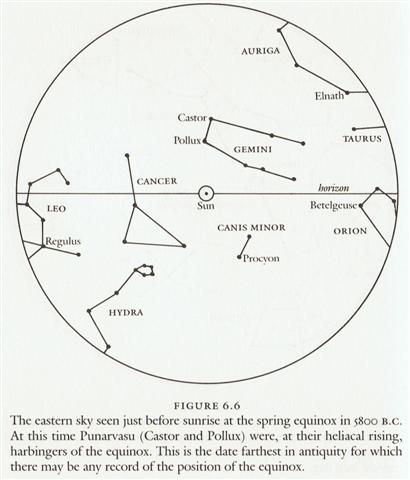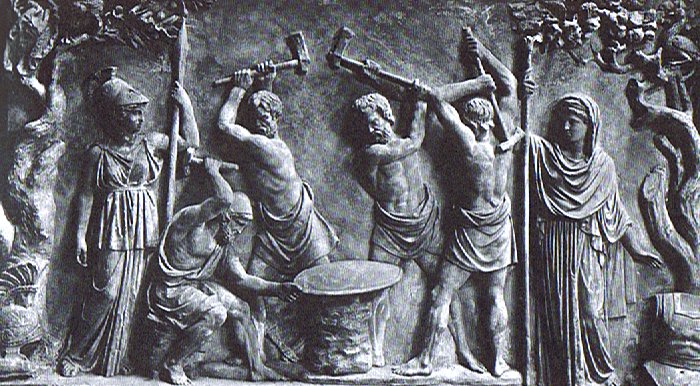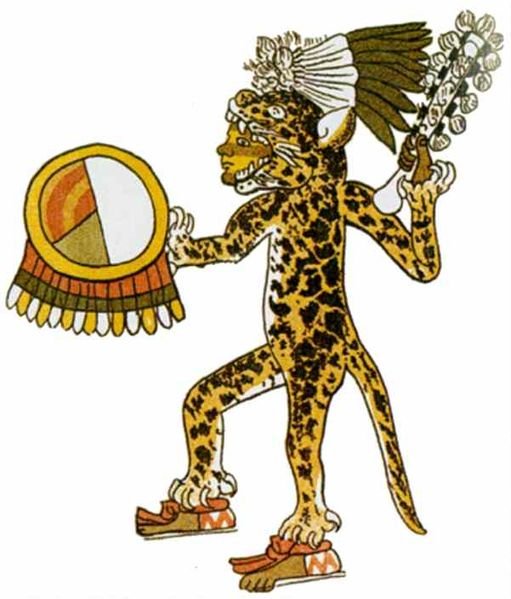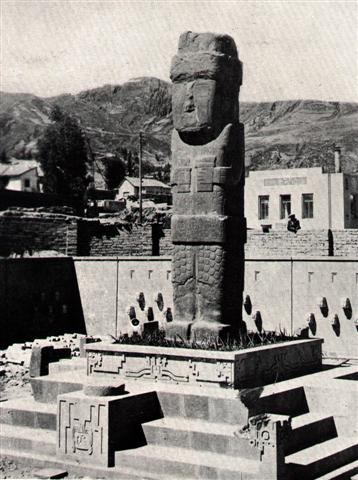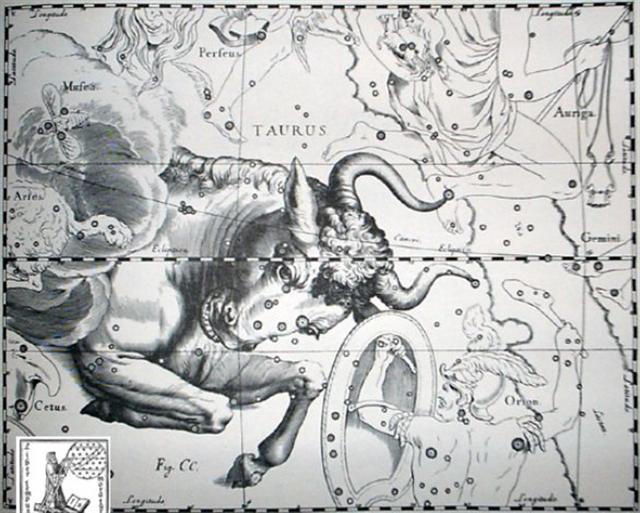236. Once again. Sagittarius was at one end of the Milky Way and Gemini at the other. Before that there was a limitless infinity: ... In Hindu legend there was a mother goddess called Aditi, who had seven offspring. She is called 'Mother of the Gods'. Aditi, whose name means 'free, unbounded, infinity' was assigned in the ancient lists of constellations as the regent of the asterism Punarvasu. Punarvasu is dual in form and means 'The Doublegood Pair'. The singular form of this noun is used to refer to the star Pollux. It is not difficult to surmise that the other member of the Doublegood Pair was Castor. Then the constellation Punarvasu is quite equivalent to our Gemini, the Twins. In far antiquity (5800 B.C.) the spring equinoctial point was predicted by the heliacal rising of the Twins (see fig. 6.6):
When thinking globally and considering one right ascension dayline (great circle of 'fire') at a time, ... It should be stated right now that 'fire' is actually a great circle reaching from the North Pole of the celestial sphere to its South Pole ...
it would have been expedient to count redundantly, i.e. to make cross connections in order to secure the meaning. Therefore we can count the distance from 5800 BC to 1842 AD (my assumed time frame year for the rongorongo texts) as ideally equal to 107 * 71 = 7.59.7 years (= 18.42 AD + 5.75.5 BC). When Ilmarinen created Sampo it required an awful lot of work, otherwise his results would quickly disintegrate within a few generations (right ascension days).
The rongorongo texts were also redundant, faithfully reproducing the old patterns. For instance was 107 the addition to 365 needed in order to go back in time to Hyadum II at 0h and for making the sum of glyph positions on the G tablet become equal to 472 = 314 * 1½ + 1 = 16 * 29½. 107 could, furthermore, be thought of as equivalent to the distance across time-space ... Space and time are a single, related concept in Runasimi [the language of the Inca people], represented by one word, pacha, which can also mean 'world' and 'universe'. The image of time familiar to Waman Puma was static and spatial: one could travel in time as one travels over earth - the structure, the geography, remaining unchanged. To him it does not matter that he shows Inka Wayna Qhapaq, who died in 1525, talking to Spaniards who did not arrive until 1532. Wayna Qhapaq was the last Inca to rule an undivided empire: he is therefore the archetype, and it must be he who asks the Spaniards. 'Do you eat gold?' In Andean thought both world and time were divided into four sectors or directions unified under a presiding fifth principle. The Tawantinsuyu - 'the indivisible four quarters' - was unified and presided over by Cusco, the center. Similarly, history was divided into four previous ages, presided over by a fifth, the present. In his book, Waman Puma organizes the history of both Old and New worlds according to this scheme. The Old Testament and the pre-Inca times are each divided into four equivalent and parallel ages. The 'present' age in Peru begins with the appearance of Manku Qhapaq, the first Inca, a being of supernatural origin. And in the Old World the 'present' starts with the birth of Jesus Christ ...
... The 'pontificial world' (Pontifical Mundo) has Peru at the top and Spain at bottom, in both cases with the central edifices occupying the place of the Sun. Wright explains: [This is] Waman Puma's conception of the relationship between Peru and Spain according to the Andean duality principle of Hanan (Upper) and Hurin (Lower). Each country is shown as a Tawantinsuyu - four quarters with a capital in the center. Peru is higher, closer to the sun, and therefore full of gold, the 'sweat of the sun' ... from January 1 to the First Point of Aries in Roman times: 80 (0h) + *27 (heliacal Sheratan) = 107 (April 17):
The position at the beginning of side b on the C tablet should therefore correspond to some great event of birth far down in the distant past, and the precessional distance down to time of the Gate of Cancer (Gemini) could have been thought of as 107 * 71 = 1842 AD + 5755 BC - an example of the ancient method of playing with correspondences in order to weave the strings of measurement together in the great loom of Pacha-mama.
... Savage life is far too complex; it is only in rich civilization that we can rise to the simplicity of elemental concepts ... The First Point of Aries (in Roman times) should also correspond to the 'first point' at Aldebaran, we can read on the G tablet:
... This was neither at the Julian equinox (25 March), nor at the Gregorian equinox (21 March), nor at the astronomically average equinox (20 March). But from day 78 (19 March) to the beginning of a half-year in 1 July (182) the distance was 104 days. 78 = 3 * 26 and 182 = 7 * 26, which means that in 3149 BC there had been 4 * 26 = 104 days from heliacal Aldebaran to 1 July ... Could it mean Itzam-Yeh was defeated at spring equinox when Aldebaran rose with the Sun? Or is the date 28 May in the year 3149 BC merely a correspondence - a way to beautifully connect his defeat with the heliacal rise of some other great star?
|
|||||||||||||||||||||||||||||||||||||||||||||||||||||||||||||||||||||||||||||||||||||||||||||||||||||||||||||||||||||||||||||||||||||||||||||||||||||||||||||||||||||||||||||||||||||||||||||||||||||||||||||||||||||
